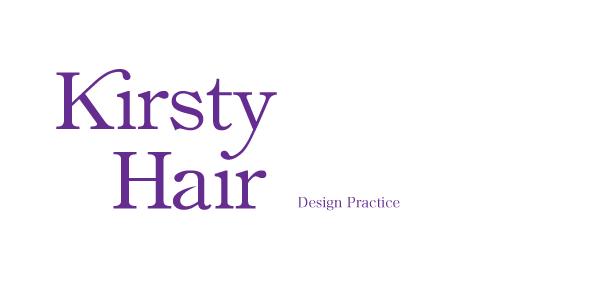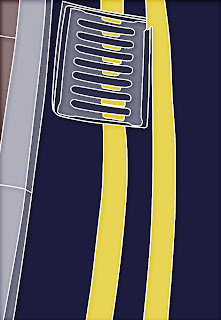I spent alot of time researching existing products of information graphics for some ideas. The ones I liked best were a combination of type and image, as the images broke down the information making it easier to take in and more enjoable to read. However, not taking away the importance of the information. A good compositon of the layout is vital in masking the piece of design a visually engaging one. (Design Context)
I began thinking of my own product ideas:
Important considerations for my product range:
Information: Simplified, broken down so it is easy and more enjoyable to read. Clarity.
Images: Kept simple, not to distract from the information
Tone: Fun (Makes the reader more relaxed, ease nerves for new students), light hearted
Function: To entertain and inform
Colour: If have alot of illustrations the colour pallete shoudl be kept limited to not distract the reader from the information. However, if the illustrations are kept simple I think working with bold colour could prove effective.
Hierachy: Image, type, composition
Form: shape, structure, relavance to 'party', interactive
Range of products: Must work well together and work as a set
Crit Feedback: 30/04
Here are some improtant things I picked up on fromt he feedback.
1. Is it aimed at a specific type of party? (Safe, controlled, mental)
I want it to be a fun party but I also want them to be safe.
2. Girls or boys - Seperate packs or mixed?
I will create a unisex pack as that is what parties usually are.
3. When to hand out packs?
Freshers Fair (Stall)
4. What the pack contains?
Yet to decide...
5. Cost of makign the pack
6. Differnt party pack examples, combinations
7. Colour
8. Logo
9. Why do people not already socialise much?
Nerves when starting in a new environment, this pack is to make it easier for them.
10. More visuals as all the writing can be hard to take in
11. Mock-ups



































